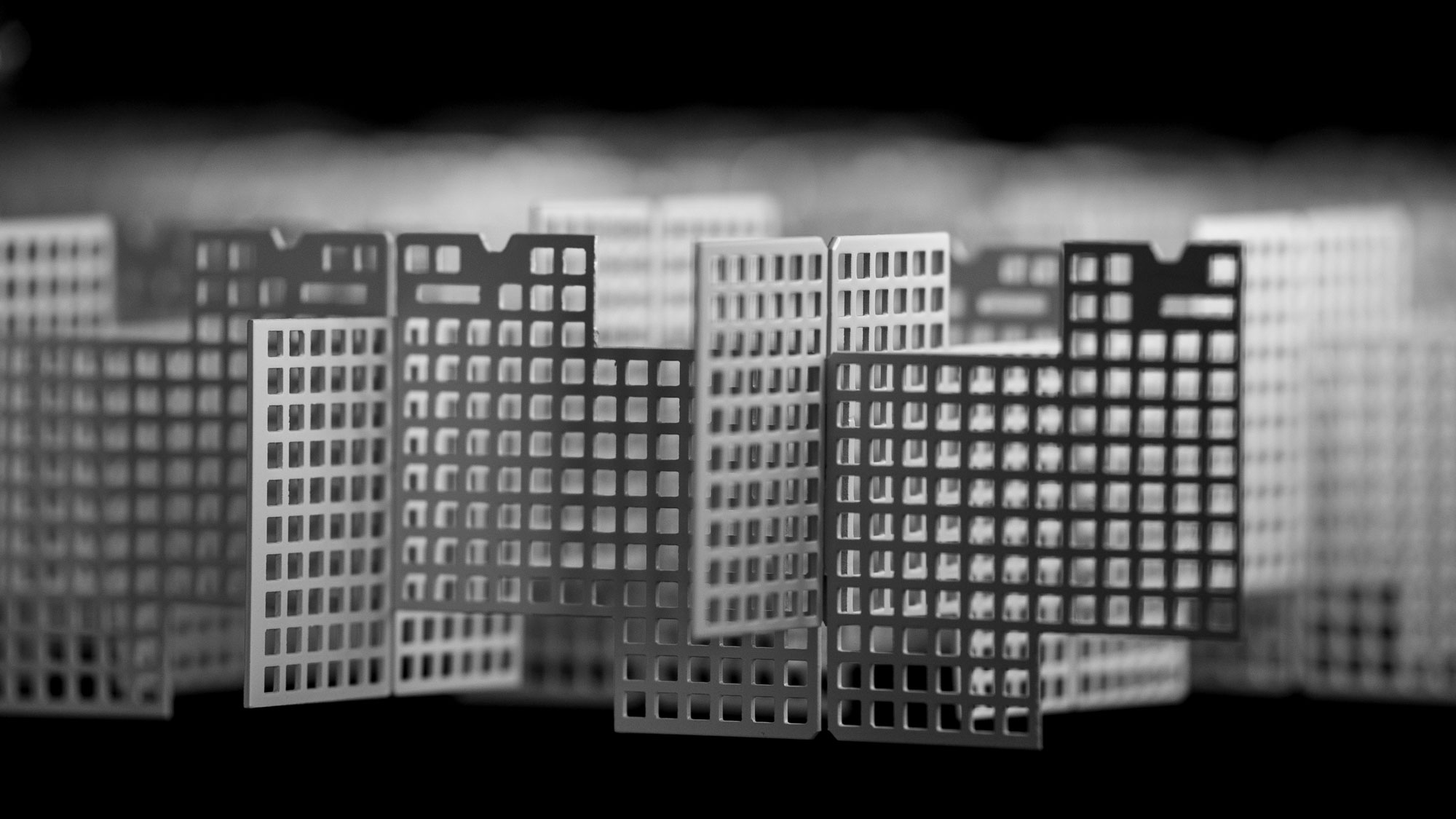
Monolama: "classic"
becomes future
CEIR revisits the timeless design of the single-blade grid, taking it in new creative directions that can enhance any architectural project.
LEARN MORECEIR’s open cell ceilings are made of pre-painted aluminium or steel alloys. Thanks to the quality of base materials used, which are produced according to norms EN, ASTM and in compliance with ECCA (European Coil Coating Association), CEIR’s ceilings feature either the high ease of installation and the reaction fire Euro Class A1 (un-combustible).
Generally, the aluminium or steel nails are pre-painted on both sides: a polyester paint on top side, to achieve decorative purpose, in a nominal thickness of 20 microns, a protective paint on back side. A range of alternative paint processes is also available on request to suit highly specialized uses. The nature of these products allows for use of CEIR’s open cell ceilings in external applications also.
Aluminium: a sustainable choice
Aluminium is the main material from which CEIR ceiling systems are made.
The reason for this choice is due to the many advantages that aluminium offers both the designer and the installer: